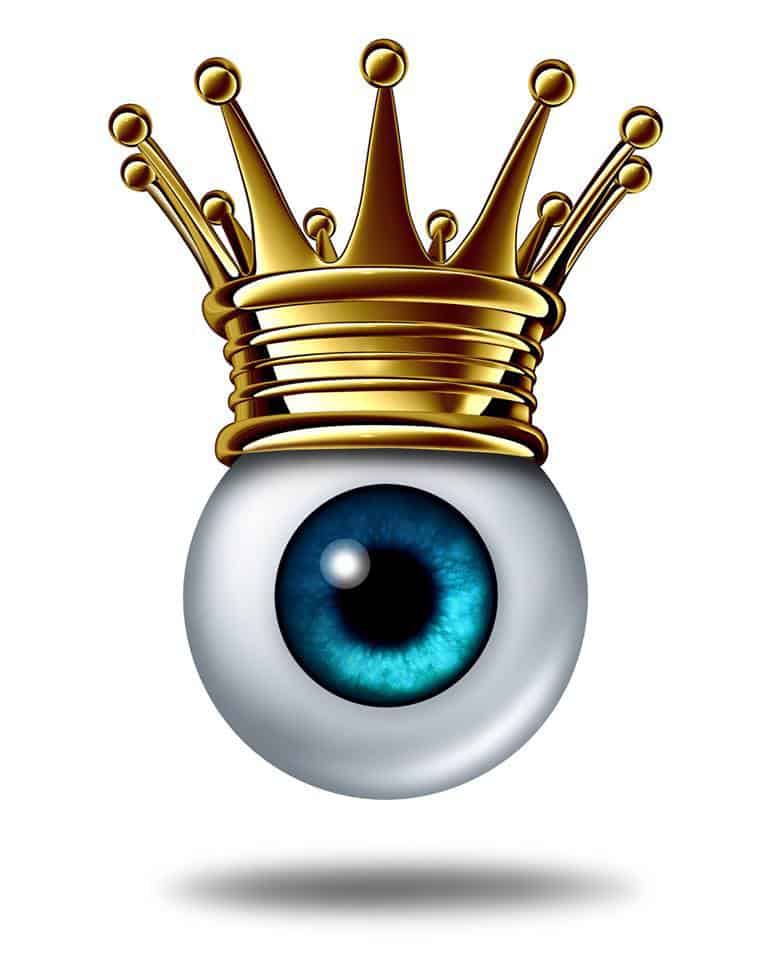What is a Pterygium
A pterygium is an abnormal piece of flesh usually triangular in shape that grows on the eyeball and slowly extends on to the cornea of the eye.
It is not cancerous, however if its growth continues, the pterygium can interfere with vision.
A Pterygium is not to be mistaken for a cataract. A cataract is a cloudiness of the natural lens of the eye and is located INSIDE the eye.
A Pterygium is a growth ON the OUTER SURFACE of the eyeball.
What causes Pterygium?
People who live under extreme dry dusty and sunny conditions are more prone to have pterygia (plural for pterygium).
This is especially so for people who spend a lot of time outdoors.
Ultraviolet light exposure and windy conditions are known to be causes of pterygia.
Symptoms Of Pterygium
If the pterygium is small, there may be hardly any symptoms, but if they grow bigger or larger they can cause an unevenness on the eyeball that feels like a foreign body when blinking.
The normal tear film cannot coat the eye evenly, causing further dryness and often times a gritty or sandy feeling in the eye.
If left to grow on to the cornea too long , pterygia tend to induce astigmatism as they can change the shape of the cornea. This makes correction with glasses extremely difficult.
How are Pterygia treated?
Surgical excision of the pterygium is usually indicated if the pterygium has crossed over at least one third of the cornea or if it interferes with your vision.
Also if you want to wear contact lenses and have a pterygium , it will have to be removed to facilitate the fitting of the contact lens.
Sometimes even small pterygias are removed if they cause extreme discomfort or are repeatedly inflamed. Some people elect to have them removed for cosmetic reasons.
It must be said that fewer than 1/3 of all pterygia have a tendency to reoccur. In such cases a different surgical approach is indicated.
If however the pterygium is not causing any problems and there are none of the symptoms previously mentioned, then surgery is not necessary.
Most surgeons seek to divert the direction of the blood vessels in the area of the excised pterygium , sometimes using sutures in order to change direction of conjunctival tissue away from the cornea.
In cases of recurrence, it is not uncommon for surgery to be repeated. This time a conjunctival graft is preferred. healthy conjunctival tissue is taken from another area of the eye and is used to cover the area of excised pterygium.
There are different types of surgical methods, some also include the use of mitomicin, an anticancer drug that disables the cells in the area of excision reducing the rate of recurrence.
Some surgeons prefer to glue new tissue to the excised area and the cornea is usually polished to remove any residue.
A local anesthetic is applied to the eye so that no pain is felt. The eye is kept open using an eyelid speculum making access to the eye easy.
The surgery is usually over in less than 15 minutes. Ointment is applied and the eye is patched for a day or two.
Lubricating drops are prescribed and the patient can resume normal activity nearly immediately or within a few days.
If sutures are used they are removed several days later.
Patients are advised to use glasses or sunglasses and lubricating eye drops as they help prevent recurrence by
protecting the eyes from Ultraviolet light exposure, wind and dust
I would love to hear from you in the comments below. Also please share this post if you think it’s been useful to you.
And, of course, subscribe for regular updates and lots of other goodies that I send my email subscribers. Just hit the button below.
Other than that, don’t forget to keep an eye on your eyes!
Thank you so much for reading. Until the next post …goodbye!
Click Here to Subscribe
- 10 SIGNS YOU NEED AN EYE EXAM - May 20, 2018
- WORLD GLAUCOMA WEEK - March 11, 2018
- The Importance OfEye Exams - February 5, 2018

Recent Comments